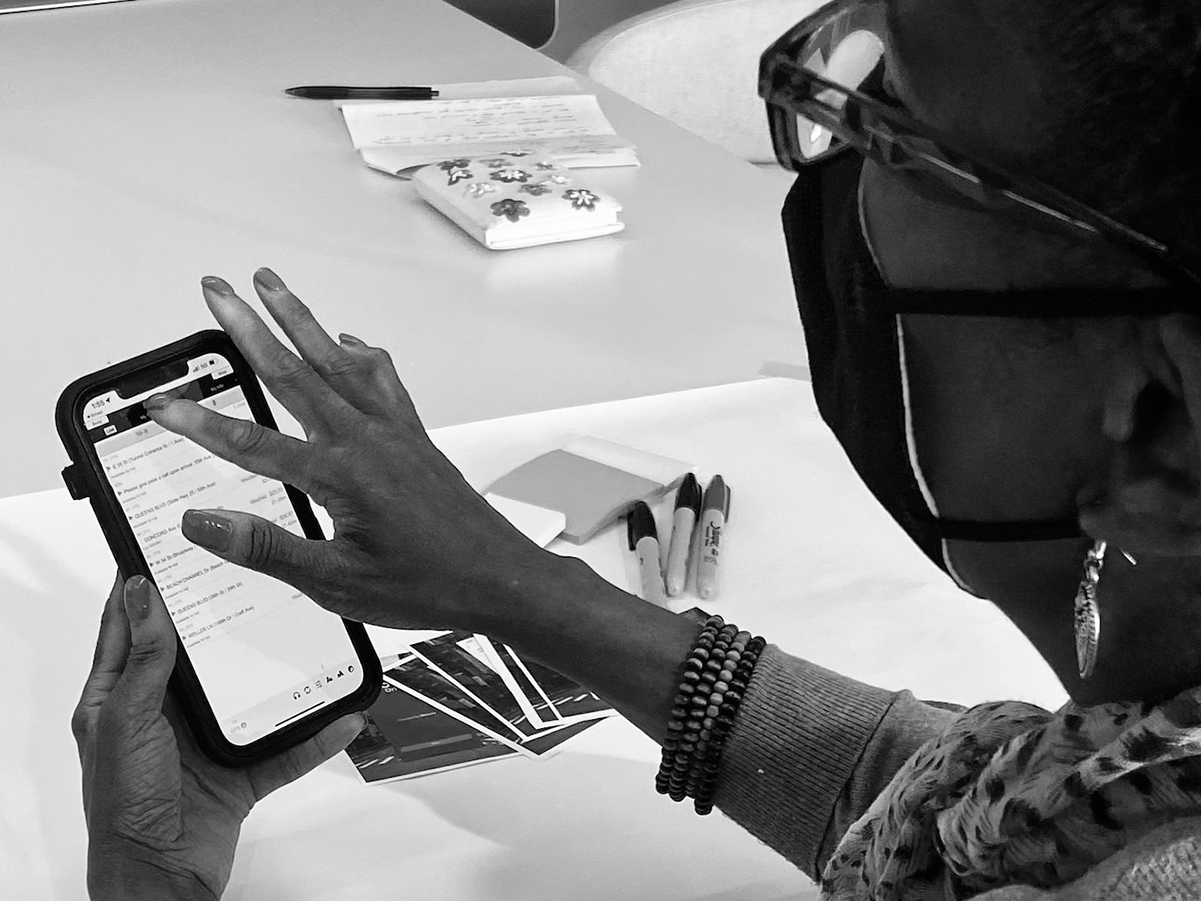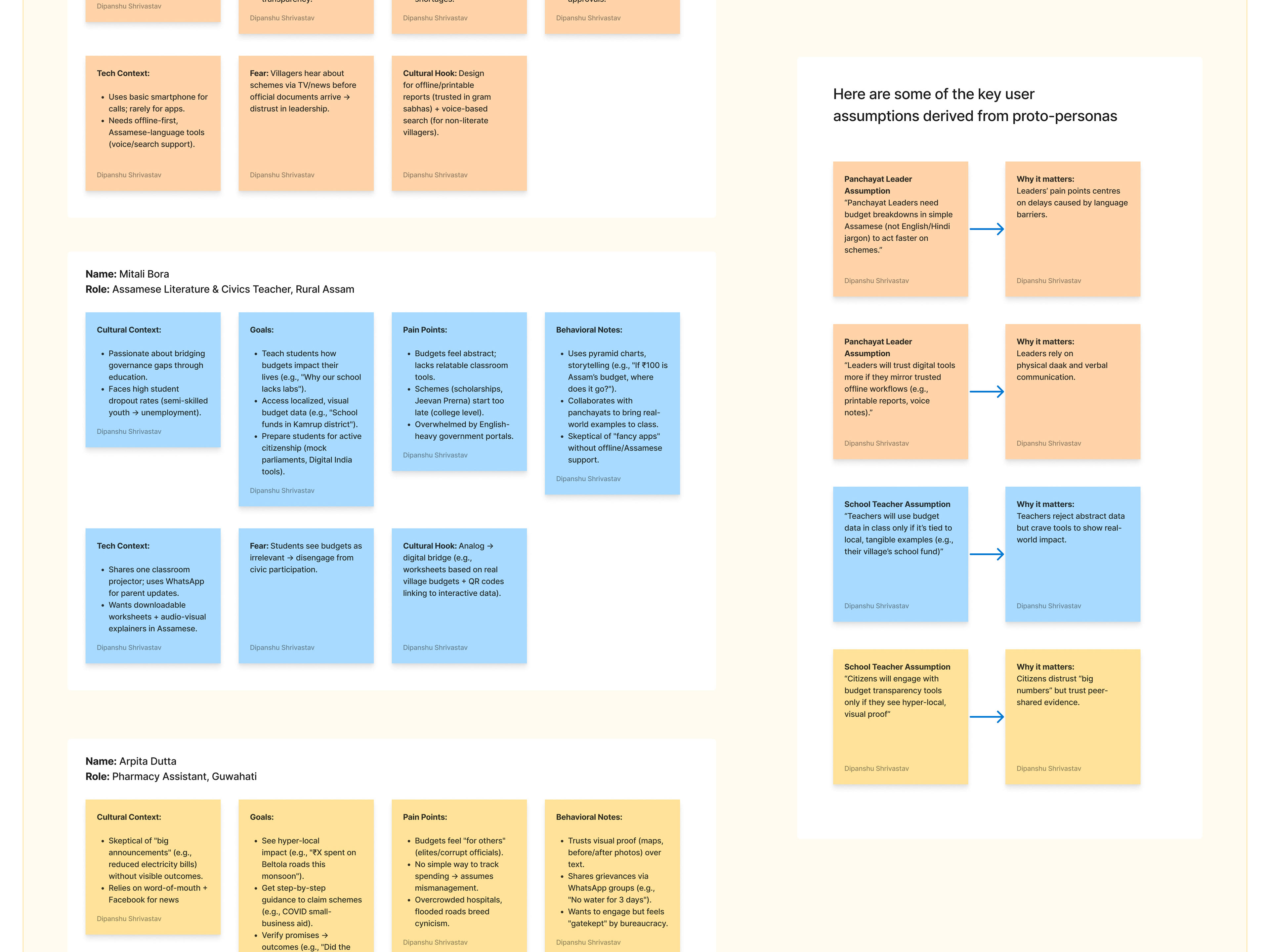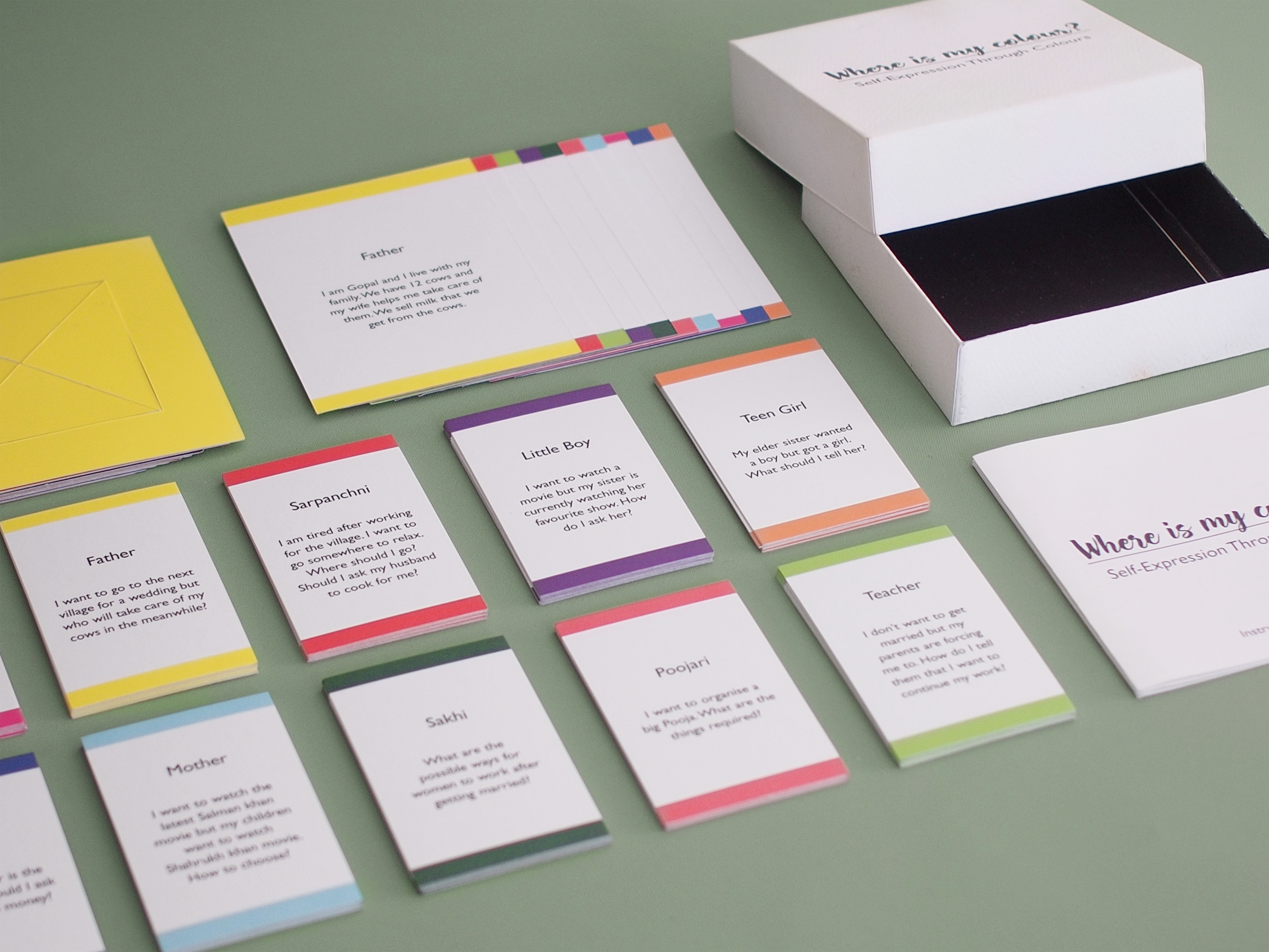Reimagining Participation: A Case Study from the Design-Led Research Process (DLR)
SCOPE: In the context of group dynamics and decision-making, participation often serves as a buzzword rather than a true practice of inclusion. Our design research project explored the complexities of participation, examining how diverse voices are heard, who controls the narrative, and the mechanisms shaping group dynamics. The goal was to uncover barriers to genuine participation and envision new ways to amplify marginalized voices.
ROLE: I played a pivotal role in the research strategy, focusing on identifying the limitations of current participatory practices, particularly for individuals with invisible listening constraints—such as language barriers and cognitive differences. My responsibilities included leading qualitative research, facilitating co-creation sessions, and synthesizing insights into actionable strategies for fostering inclusive participation.
PROBLEM: Participation is often superficially defined as the mere presence of diverse voices in a group. However, our research revealed that true participation involves much more—active involvement, equitable influence on outcomes, and mutual respect for differences. Current practices often create spaces that give the illusion of participation while silencing or excluding certain voices, especially those with invisible constraints.
OPPORTUNITY: The increasing focus on diversity and inclusion in group settings presents a critical opportunity to rethink participation. By addressing the underlying barriers—such as language, communication mediums, and self-policing behaviors—we can design more inclusive environments where all voices are genuinely heard and valued.
The Wheel of Reasoning (Left) and themes that emerged from it (Right)
RESEARCH: Through a combination of in-depth interviews, group discussions, and contextual inquiries, we examined how different communication mediums affect participation and contribute to the exclusion of individuals with invisible constraints. We also explored how shared contexts can help build common ground, recognizing the role of language and multilingualism in complicating communication. This holistic approach uncovered nuanced aspects of participation often overlooked in traditional group settings.
INSIGHTS: Several key insights emerged from the research:
Invisible Constraints: Many participatory spaces fail to account for invisible listening constraints, such as language barriers or cognitive differences, leading to unintentional exclusion.
Illusion of Participation: Practices that seem participatory on the surface often fail to provide real influence or respect for differing opinions, creating frustration and disengagement among group members.
Productive Disagreement: Spaces that allow for respectful disagreement and diverse viewpoints contribute to more robust decision-making and group cohesion.
Language Barriers: Multilingual environments, while rich in diversity, often complicate communication and hinder mutual understanding, necessitating new strategies for effective dialogue.









